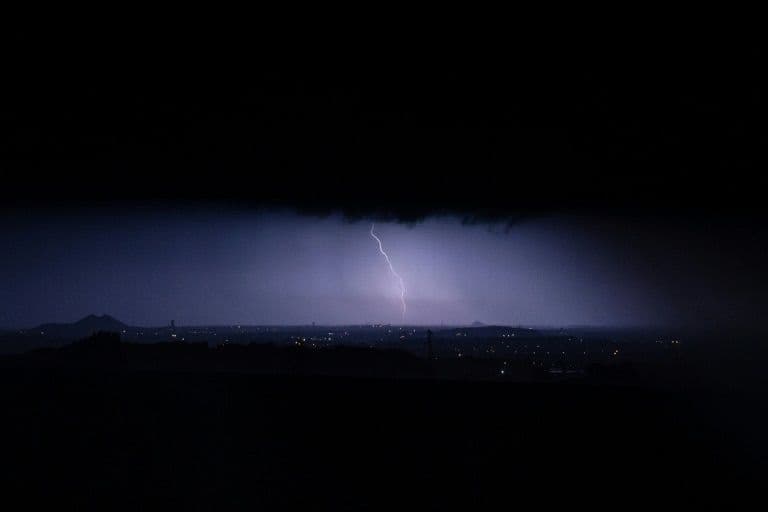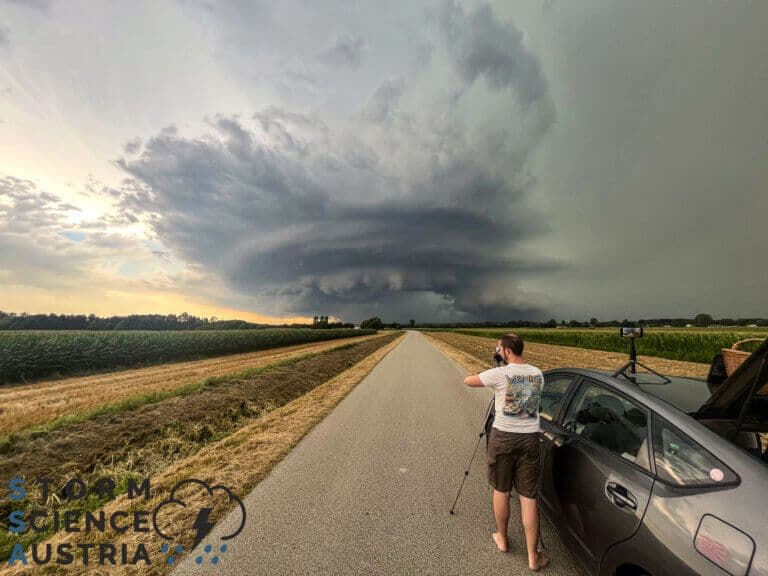When Sky Stones Fall: Navigating the New Era of Extreme Hail
Explore why destructive hail is on the rise and how communities can better prepare for nature's increasingly violent icy barrages. A fresh look at a growing threat.

The Sky's Icy Barrage: A Changing Threat
The skies above us seem to be growing increasingly volatile, unleashing a new breed of extreme weather that feels less like a passing shower and more like an icy assault. We're observing a disturbing trend where a cold atmospheric front, after brief early morning drizzles, ushers in a dramatic shift. Winds intensify from the northwest, bringing short, yet explosively intense precipitation – complete with thunder, sharp gusts, and, crucially, large hail. This isn't just localized; these formidable summer storms are sweeping across regions, from the Northwest to Central, Southwest, and eventually Northeast areas. What's driving this escalation? It appears to be a dangerous atmospheric cocktail: prolonged periods of intense heat, with temperatures soaring well above 39-40 degrees Celsius, even hitting 41-42 degrees in isolated areas, are followed by these cold fronts. This creates an unstable environment ripe for severe convective storms. Experts like are sounding the alarm, pointing to a high potential for hailstones ranging from 1 to 4 centimeters, especially in areas like , , and the far northwestern regions. These aren't just any storms; they're powerful, isolated cells that manage to pierce through the inversion layer, unleashing their frozen fury with devastating effect. The very nature of our summer weather is shifting, demanding a closer look at the science behind these 'sky stones'.

When Hail Hits Home: Immediate Impact and Ripple Effects
When these icy barrages descend, the impact is immediate and far-reaching, extending well beyond a mere inconvenience. Recent events paint a stark picture: a powerful summer storm sweeping through , dropping hail in multiple neighborhoods, or the severe damage inflicted in , . and have also borne the brunt of such devastating storms, highlighting the widespread vulnerability. It's not just homes and cars that suffer; the economic and infrastructural ripple effects are profound. Consider the aviation industry, where a single powerful hail event, like the one in , necessitated the inspection of over 100 aircraft, leading to significant delays and costs. Agricultural sectors are particularly vulnerable, with entire harvests wiped out in minutes, impacting livelihoods and food supply chains. The sheer force of these frozen projectiles can shatter windows, dent vehicles, and compromise the structural integrity of buildings. What was once considered an occasional severe weather event is becoming a recurring threat, leaving communities grappling with immediate cleanup, costly repairs, and the psychological toll of repeated destruction. The shift in frequency and intensity means the 'critical hours' warning for large hail is becoming an all too familiar refrain.

Fortifying Against Frozen Furies: Proactive Measures and Community Resilience
In the face of these escalating hail threats, a reactive stance simply won't suffice; proactive measures and robust community resilience are paramount. The first line of defense lies in advanced meteorological forecasting. Knowing 'when and where' hail is expected, as highlighted by warnings, empowers individuals and communities to prepare. This means timely alerts that prompt residents to secure outdoor property, move vehicles under cover, and seek safe shelter. On a broader scale, communities need to invest in early warning systems that disseminate information rapidly and effectively. Beyond immediate precautions, resilience involves strengthening infrastructure. Think about hail-resistant roofing materials, fortified windows, and protective coverings for vulnerable assets. Public awareness campaigns are crucial, educating citizens on the specific risks and necessary steps during a hail storm. While the source material also touches on heat-related advice, the underlying theme of preparedness against extreme weather is consistent. Just as we learn about fire prevention, understanding how to mitigate hail damage, from individual home fortification to community-wide emergency response plans, becomes a critical component of living in this new climatic reality. It’s about building a collective capacity to withstand the impact and bounce back quickly.

Adapting to a Stormier Future: A Call for Long-Term Strategy
The repeated onslaught of severe hail events, from to , , and , signals a clear and urgent need for a comprehensive, long-term strategy. This isn't merely about surviving the next storm; it's about adapting to a future where such extreme weather becomes more common, a direct consequence of a rapidly changing climate. The interplay of intense heatwaves followed by cold fronts, creating conditions ripe for explosive storms with large hailstones, is a pattern we must acknowledge and plan for. A robust long-term strategy requires sustained investment in cutting-edge meteorological research and technology to enhance predictive capabilities, allowing for even more precise and earlier warnings. It also demands a re-evaluation of building codes and urban planning to ensure new constructions are inherently more resilient to hail damage. Furthermore, public education must evolve, moving beyond immediate safety tips to foster a deeper understanding of climate risks and the necessary societal shifts. This includes exploring innovative solutions like hail suppression technologies, where scientifically viable. Ultimately, navigating this stormier future means fostering a culture of preparedness, embracing adaptive technologies, and implementing policies that prioritize resilience at every level, from individual households to national infrastructure. We're not just experiencing bad weather; we're entering a new era, and our strategies must reflect that reality.
Related Articles

Beyond the Thunderclap: Unpacking the Silent Dangers of Hailstorms

Beyond the Thunderclap: Unpacking the Silent Dangers of Hailstorms

When Diamonds Fall from the Sky: Austria's Growing Battle with Destructive Hail

When Diamonds Fall from the Sky: Austria's Growing Battle with Destructive Hail

The Unsettled Sky: Rethinking Preparedness as Greece's Climate Shifts

The Unsettled Sky: Rethinking Preparedness as Greece's Climate Shifts

The Mercury's New Horizon: Navigating an Era of Unfamiliar Climates
